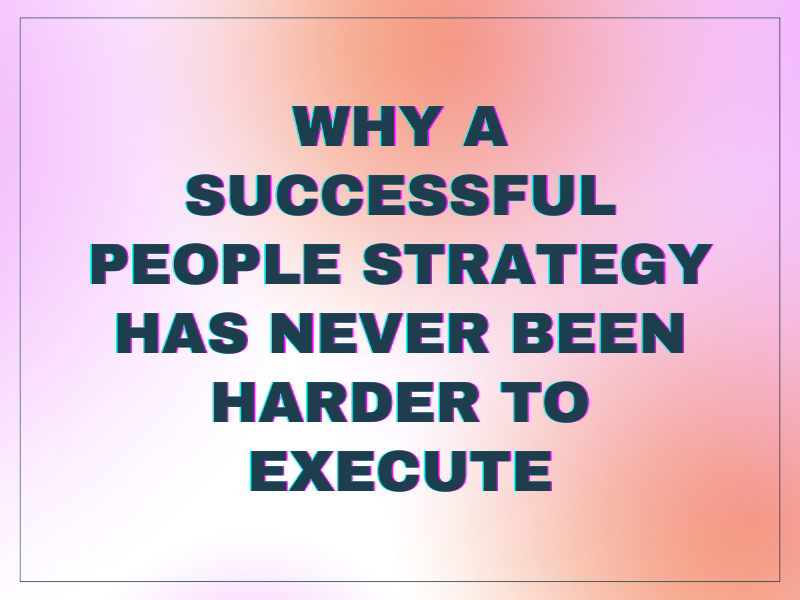
So how can you solve these issues? And if you’re not focusing on retention rate, what should you focus on?
First, to break this cycle, you need to:
-
Be in charge of something the company cares about.
-
Be proactive in driving changes within the company.
-
Participate in the conversation about the company’s future.
Most companies care deeply about values and culture—or at least want to be seen to care deeply about them. These are doubtless things that your CEO talks about a lot, and what is posted prominently on your company’s website. These are also the standard fallback for making decisions when rules aren’t clear-cut. But often, even the most well-intentioned and sincere of mission statements can become diluted when it comes to things like the hiring process, performance reviews and team meetings.
But what if this wasn’t the case?
At Attuned, we measure a metric much more valuable than retention rate. We measure your employees’ motivational drivers. This in turn gives you a clear snapshot of your company’s culture as it is, rather than how it is supposed to be. Armed with this data, you can go about fixing problems upstream and developing your culture with intentionality.
A the end of the day, the question is, what is more important to you: fewer people leaving or building and maintaining a company culture that is strong and authentic?







